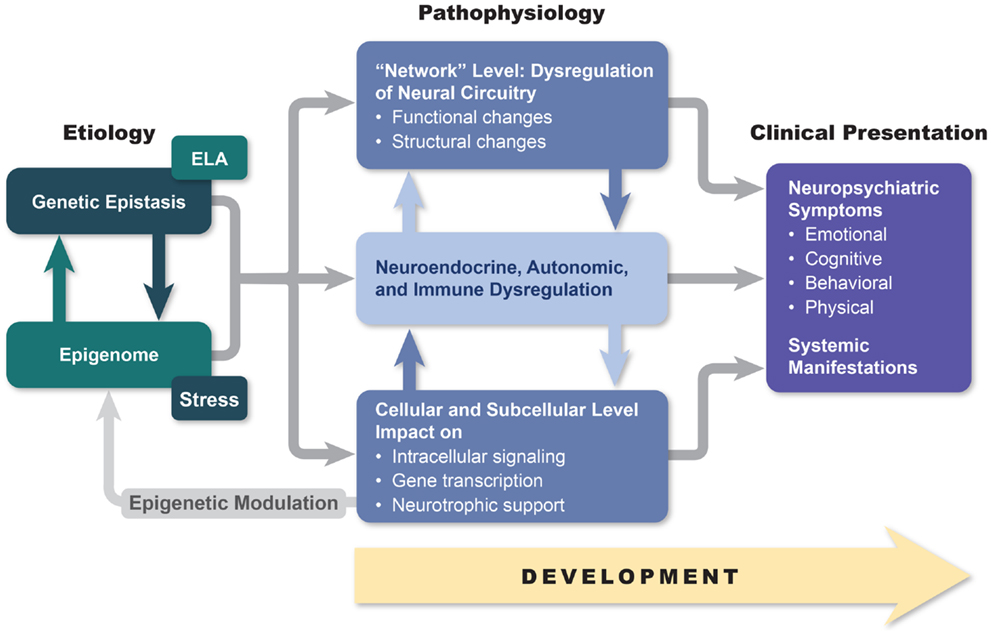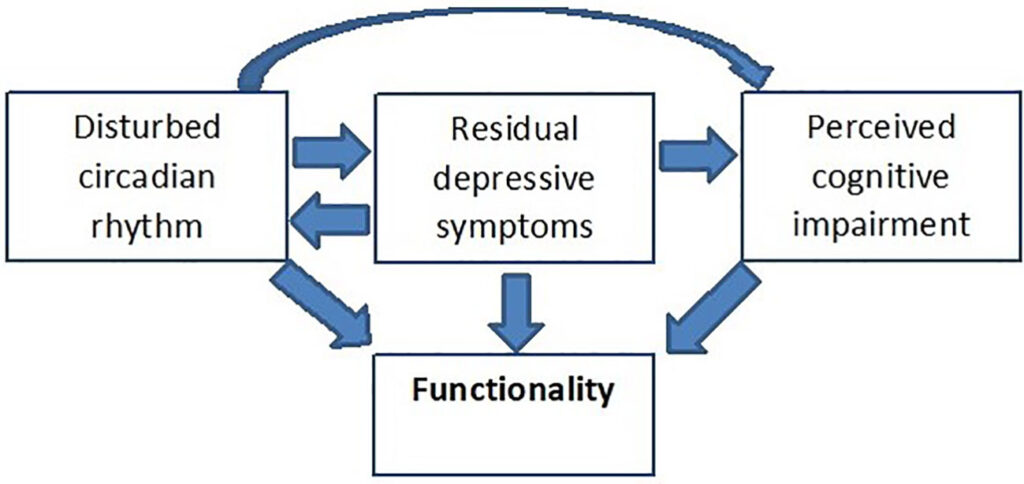Bipolar Disorder, often abbreviated as BD, is a complex mental health condition that affects millions of people worldwide. It is characterized by extreme mood swings that include emotional highs, known as mania or hypomania, and lows, referred to as depression. These mood shifts can significantly impact an individual’s energy levels, behavior, and ability to carry out daily activities. In this article, we will explore the symptoms, types, and treatments associated with this condition.

Understanding Bipolar Disorder
Bipolar Disorder is more than just experiencing occasional mood changes. It is a chronic condition that requires careful management and understanding. People with this condition may find themselves oscillating between periods of intense euphoria and deep despair. These episodes can last for days, weeks, or even months, making it challenging to maintain relationships, hold down jobs, or pursue personal goals.
Symptoms of Bipolar Disorder
The symptoms of Bipolar Disorder vary depending on whether the individual is experiencing a manic episode, a depressive episode, or a mixed state. Recognizing these symptoms is crucial for early diagnosis and effective treatment.
Manic Episodes
Manic episodes are periods of elevated mood, increased energy, and heightened activity levels. During these episodes, individuals may exhibit the following symptoms:
- Excessive happiness or irritability
- Rapid speech and racing thoughts
- Decreased need for sleep
- Impulsive or risky behavior, such as overspending or reckless driving
- Inflated self-esteem or grandiosity
- Distractibility and difficulty focusing
While some people may feel invigorated during manic episodes, these periods can also lead to dangerous or harmful behaviors if left unchecked.
Depressive Episodes
Depressive episodes are marked by feelings of sadness, hopelessness, and a lack of interest in activities that were once enjoyable. Common symptoms include:
- Persistent sadness or emptiness
- Fatigue or loss of energy
- Difficulty concentrating or making decisions
- Changes in appetite or weight
- Sleep disturbances, such as insomnia or oversleeping
- Feelings of worthlessness or guilt
- Thoughts of death or suicide
These episodes can be debilitating, affecting every aspect of a person’s life.
Mixed Episodes
In some cases, individuals may experience mixed episodes, where symptoms of both mania and depression occur simultaneously. For example, someone might feel agitated and restless while also experiencing feelings of despair. This combination can be particularly distressing and increase the risk of self-harm or suicidal behavior.
Types of Bipolar Disorder
Bipolar Disorder is not a one-size-fits-all condition. There are several distinct types, each with its own set of characteristics and challenges.
Bipolar I Disorder
Bipolar I Disorder is defined by the occurrence of at least one manic episode. These episodes are often severe and may require hospitalization. Individuals with this type of disorder may also experience depressive episodes, but the presence of mania is the defining feature.
Bipolar II Disorder
Bipolar II Disorder involves at least one major depressive episode and at least one hypomanic episode. Hypomania is a milder form of mania that does not cause significant impairment in social or occupational functioning. However, depressive episodes in Bipolar II Disorder can be prolonged and severe.
Cyclothymic Disorder
Cyclothymic Disorder is characterized by numerous periods of hypomanic symptoms and depressive symptoms that do not meet the full criteria for hypomanic or depressive episodes. These mood swings persist for at least two years in adults and one year in children and adolescents.
Other Specified and Unspecified Bipolar Disorders
This category includes bipolar-related disorders that do not fit the criteria for Bipolar I, Bipolar II, or Cyclothymic Disorder. These may include rapid-cycling bipolar disorder, where individuals experience four or more mood episodes within a year, or substance-induced bipolar symptoms.
Treatments for Bipolar Disorder
While there is no cure for Bipolar Disorder, various treatments can help manage symptoms and improve quality of life. A combination of medication, therapy, and lifestyle changes is often recommended.
Medication
Medication plays a critical role in stabilizing mood and preventing episodes of mania and depression. Commonly prescribed medications include:
- Mood stabilizers, such as lithium, which help control manic and depressive episodes
- Antipsychotics, which can address symptoms of psychosis during manic episodes
- Antidepressants, though they are often used cautiously due to the risk of triggering mania
- Anti-anxiety medications, which may provide short-term relief from anxiety or agitation
It is essential for individuals to work closely with their healthcare providers to find the right medication and dosage, as side effects and effectiveness can vary widely.
Therapy
Therapy is another cornerstone of treatment for Bipolar Disorder. Different therapeutic approaches can help individuals understand their condition, develop coping strategies, and improve interpersonal relationships.
- Cognitive Behavioral Therapy focuses on identifying and changing negative thought patterns and behaviors.
- Interpersonal and Social Rhythm Therapy helps individuals establish regular routines and improve their social interactions.
- Family-focused therapy involves family members in the treatment process to enhance communication and support.
Group therapy and peer support groups can also provide valuable opportunities for connection and shared experiences.
Lifestyle Changes
In addition to medication and therapy, making certain lifestyle changes can help manage symptoms and reduce the frequency of mood episodes. These changes include:
- Maintaining a consistent sleep schedule to regulate circadian rhythms
- Engaging in regular physical activity to boost mood and reduce stress
- Avoiding alcohol and recreational drugs, which can exacerbate symptoms
- Practicing mindfulness techniques, such as meditation or yoga, to promote relaxation
- Eating a balanced diet to support overall physical and mental health
Individuals are encouraged to work with their healthcare team to create a personalized plan that incorporates these strategies.
Electroconvulsive Therapy
For individuals who do not respond to medication or therapy, Electroconvulsive Therapy may be considered. This procedure involves passing small electrical currents through the brain to trigger brief seizures, which can help reset brain chemistry and alleviate severe symptoms. While it may sound intimidating, modern advancements have made this treatment much safer and more effective.
Challenges in Managing Bipolar Disorder
Living with Bipolar Disorder presents unique challenges. The unpredictability of mood episodes can make it difficult to plan for the future or maintain stability. Additionally, the stigma surrounding mental health conditions can prevent individuals from seeking help or adhering to treatment plans.
It is important for friends, family members, and caregivers to educate themselves about the condition and offer nonjudgmental support. Encouraging open communication and helping loved ones access professional care can make a significant difference in their journey toward recovery.
The Role of Early Intervention
Early intervention is key to managing Bipolar Disorder effectively. Recognizing the signs and symptoms early can lead to timely diagnosis and treatment, reducing the risk of complications. Schools, workplaces, and communities can play a vital role by promoting mental health awareness and providing resources for those in need.
Research and Future Directions
Ongoing research continues to shed light on the underlying causes of Bipolar Disorder and potential new treatments. Advances in genetics, neuroimaging, and psychopharmacology hold promise for more targeted and personalized approaches to care. By staying informed and advocating for continued investment in mental health research, we can work toward a future where Bipolar Disorder is better understood and more effectively managed.





